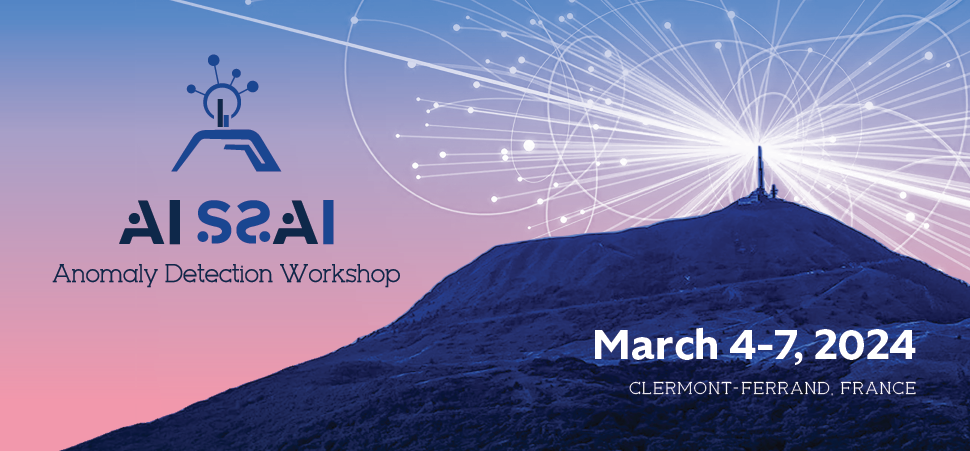Orateur
Description
M-dwarf stars make up a vast majority of stars in the Milky Way galaxy. As low-mass, fully convective stars, they exhibit frequent flaring events caused by powerful magnetic reconnection processes in their atmospheres. The study of M-dwarf flares gives key insights into stellar magnetism, high-energy phenomena, and the impacts on potential habitable planets orbiting these stars. In this work we applied an Active Anomaly Discovery (AAD) algorithm to search for M-dwarf flares in the Zwicky Transient Facility data releases. AAD represents an active machine learning technique which sequentially uses expert feedback in order to fine tune an initially standard unsupervised algorithm to a particular definition of scientifically interesting anomaly. Since the algorithm can adapt to the expert’s opinion, it can be used for a targeted search of objects of a certain type. Therefore, in this analysis, a human expert considered only M-dwarf flares candidates as anomalies; all other objects proposed by the algorithm are rejected by the expert as nominals. We compared flares found with AAD with the ones detected by a parametric fit search. Both methods allowed to discover 126 M-dwarf flares. Also, the additional astrophysical analysis has been performed: measuring the flare energies and defining the spectral (sub)classes of dwarf stars.

